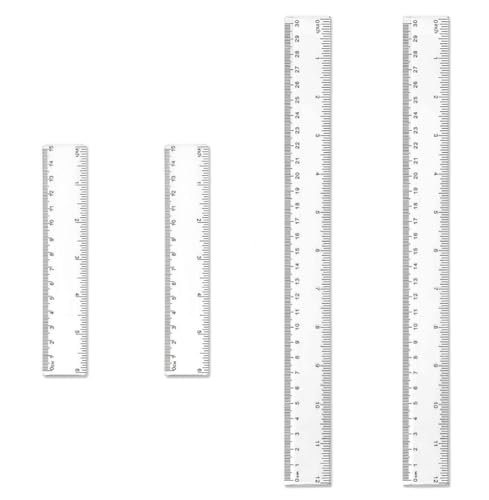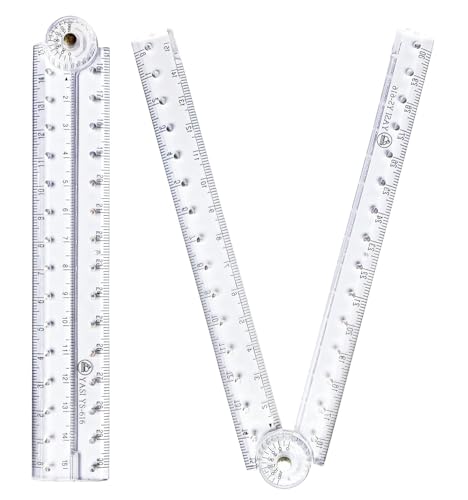What is ruler calibration?
Ruler calibration is the process of ensuring that a ruler is accurate and can be trusted to provide measurements that are as close to the true values as possible. Over time, rulers can become worn or damaged, leading to inaccurate measurements. Calibration helps to correct these errors and maintain the reliability of the ruler.
Why is ruler calibration important?
Accurate measurements are crucial in many fields, including construction, engineering, and scientific research. Using a ruler that has not been properly calibrated can lead to incorrect measurements, which can have serious consequences. Inaccurate measurements can result in faulty constructions, misaligned machinery, and flawed scientific experiments.
How to calibrate a ruler
Calibrating a ruler is a straightforward process that can be done using simple tools and techniques. Here are the steps to follow:
Step 1: Check for physical damage
The first step in calibrating a ruler is to check for any physical damage. Look for any visible cracks, bends, or nicks in the ruler. If you notice any damage, it may be necessary to replace the ruler, as calibration cannot compensate for physical defects.
Step 2: Measure a known length
Next, you will need to measure a known length using the ruler. Ideally, this should be a length that is easily and accurately measurable, such as the width of a standard piece of paper or the length of a commonly used object. Place the ruler alongside the object or use it to measure the known length, making sure to align the zero mark on the ruler with one end of the object.
Step 3: Compare the measurement
Once you have measured the known length, compare the measurement on the ruler to the actual length. If the measurement on the ruler is exactly the same as the actual length, then the ruler is already accurately calibrated. However, if there is a difference between the two measurements, you will need to make adjustments to the ruler.
Step 4: Make adjustments
To make adjustments to the ruler, you can use a small file or sandpaper to remove or add material. If the measurement on the ruler is shorter than the actual length, carefully file or sand the end of the ruler to remove a small amount of material. If the measurement on the ruler is longer than the actual length, you can use an adhesive tape or a small piece of paper to add the required amount of length to the end of the ruler.
Step 5: Repeat the process
After making the necessary adjustments, repeat steps 2 to 4 to ensure that the ruler is now accurately calibrated. Continue adjusting and re-measuring until the ruler provides measurements that are as close to the true values as possible.
Calibrating a ruler is a simple process that can help ensure accurate measurements. By following these steps, you can easily calibrate your ruler and maintain its reliability over time. Remember to regularly check and calibrate your ruler to ensure that it continues to provide accurate measurements.






